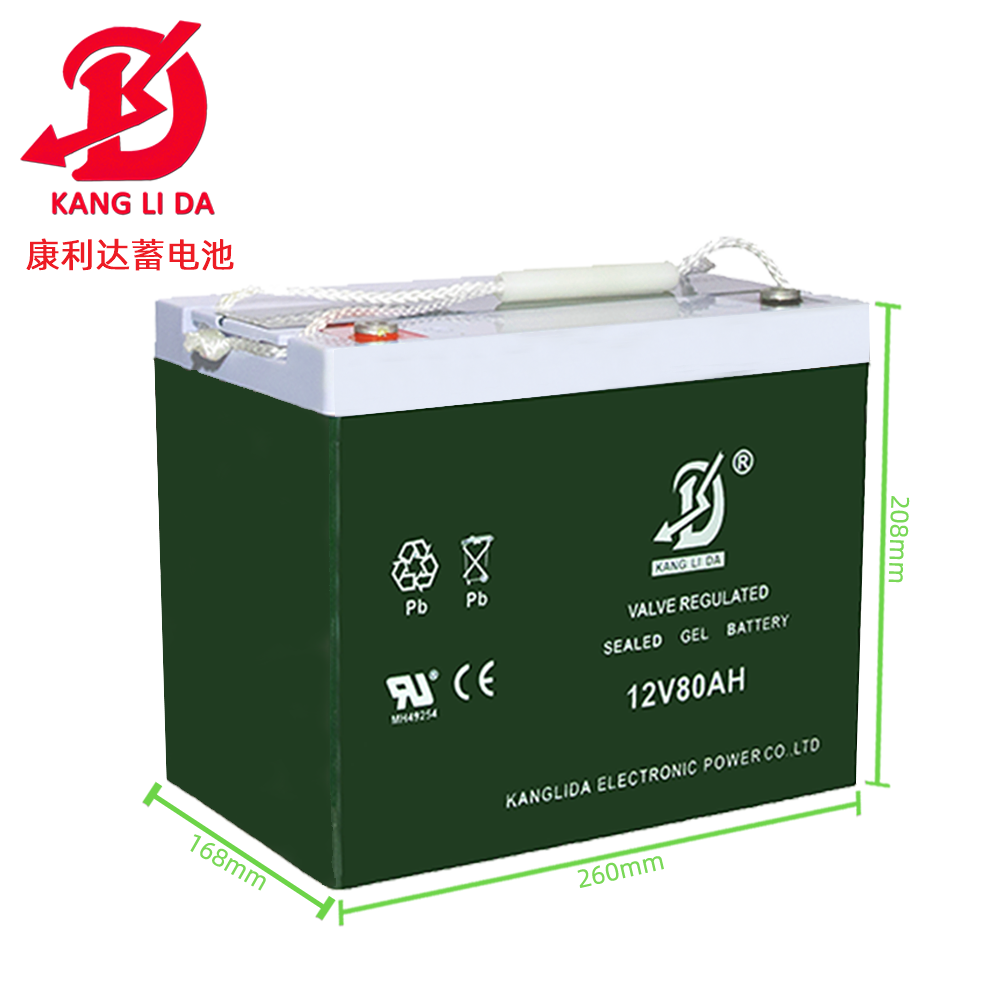Gel batteries are batteries in which the electro-liquid is in a colloidal state. It belongs to a development classification of lead-acid batteries. The method is to add a gelling agent to sulfuric acid to make the sulfuric acid electro-liquid into a colloidal state.
The differences between gel batteries and conventional lead-acid batteries are:
1. The characteristics are different: the colloidal battery uses a small industrial cost to produce a better quality battery, its discharge curve is straight, the inflection point is high, and its energy and power are more than 20% larger than that of a conventional lead-acid battery.
The characteristic of the lead-acid battery is that in normal operation, the electrolyte will not leak out of the battery terminal or casing. The special absorbent separator keeps the acid inside, and there is no free acid inside the battery, so the battery can be placed in any position. Since the unique gas compound system converts the generated gas into water, there is no need to add water during the battery use.

2. The composition is not the same: Lead-acid batteries are mainly composed of tubular positive plates, negative plates, electrolyte, separators, battery tanks, battery covers, poles, and liquid injection covers. The inside of the colloidal storage battery is mainly a porous SiO2 network structure with a large number of tiny gaps, which can smoothly migrate the oxygen generated by the positive electrode of the battery to the negative electrode plate, and facilitate the absorption of the negative electrode.
3. The life span is different: the life span of the colloidal battery is generally about twice as long as that of the conventional lead-acid battery, and the high temperature and low temperature characteristics are much better. The lead-acid battery uses a lead-calcium alloy fence with anti-corrosion structure, and the battery can be used for floating charge for 10-15 years.
Message





